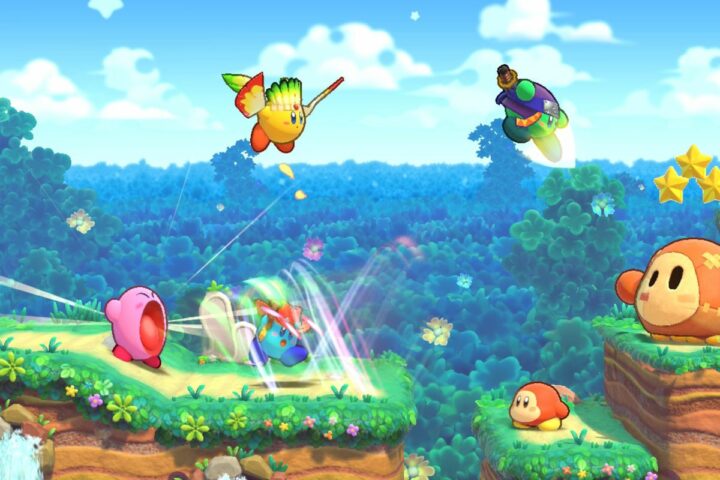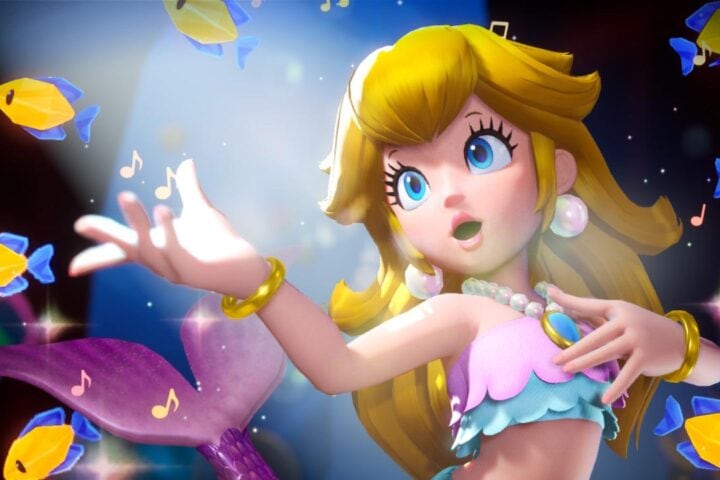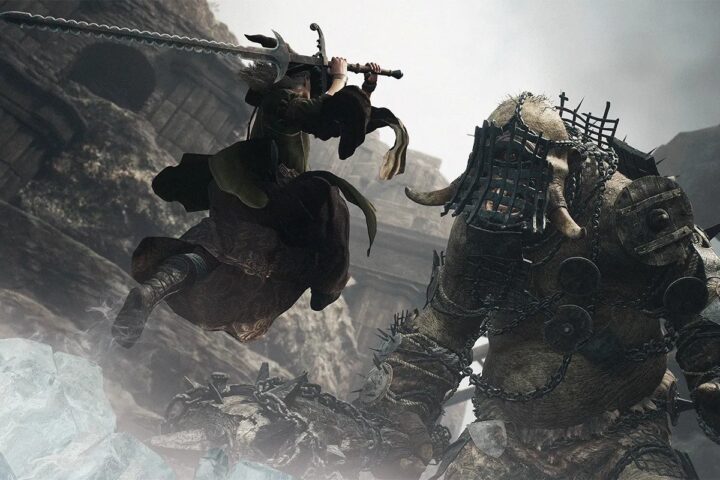If imitation is the most sincere form of flattery, then Lucid Dream Studios’s BIOMORPH is extremely flattering. Visually, the game is above reproach, as its cartoonish art style potently captures the strikingly different biomes of Ilios and the freakish ways in which the processing of oil-like ferrox has mutated the planet’s life. But beneath that surface, the game’s nonlinear structure is both mechanically unbalanced and narratively confusing. Ultimately, protagonist Harlo’s ability to harvest the genetic data of his enemies and transform into them at will is more of a novelty than a transformative take on the 2D Metroidvania.
At its best, BIOMORPH is a fun mashup of Mega Man and Kirby, with Harlo able to equip three different technological attacks and morph into a customizable set of three (of an unlockable 21) creatures. These animals are varied in appearance and, for the most part, functionality, like the spring-jumping Spyrux or dust-warping Sorios. Some are even propelled by a heartbreaking sense of purpose, such as the antelope-like Toroth, which headbutts its way through obstacles in a futile effort to subdue its radiation-caused migraines, or the blue-bellied Jetrunner, which evolved to compress its avian bones through the narrow pipes funneling raw ferrox.
Learning through trial and error which creatures are most useful for your current combat and traversal goals is an initially entertaining task. But after a focused first act, in which Harlo tries to recover his memory and release his ally, Kleio, from stasis, the game starts to lose track of all the potential powers at Harlo’s disposal. Most creatures, like the laser-reflecting Klerek or the morph-ball-like Roltys, will only need to be used once more beyond the biome in which they’re introduced. A few, like the lone aquatic animal, the Jawfish, become overused when backtracking to fill in previously inaccessible sections of the map, while some are just absurdly overpowered in boss battles, like the aerial lightning-spitting Oddwing.
BIOMORPH largely works on an individual level-by-level basis, because each biome has been specifically designed to accommodate the movesets of the local fauna. These regions are focused and fun to explore as you learn how, say, a Climber has to use his grapple-gun to move about, or the sluggish, giant snail-like Shroomo has to vacuum blocks closer so that it might climb them. But the game finds little use for these creatures outside of their natural habitats.
The game goes from celebrating the diversity of life on its planet to demonstrating a cruel sort of natural selection, to the point at which Harlo—who starts gaining unique abilities of his own, such as the power to surf along electrical cables or to submerge in magnetic ooze—no longer needs to transform. There’s a certain intentionality to that evolutionary arc, but Harlo’s melee controls make him a too-familiar archetype in this genre, and every step that the game takes away from utilizing his unique animal transformations makes it that much less special.
The same goes for the examples of genetic experimentation and biological horror. The lumbering Aberror are described as “three creatures stitched together” and the Skrasos box brings to mind a punishment out of Hellraiser, an Eternal Prison piloted by a “mindless goop of hands and eyes.” It’s unfortunate, then, that the game does so little to explore the origins of these creatures or to give you reasons to explore the world with them. BIOMORPH itself sometimes seems like a goop of cyborg dogs and ghostly farmers: cool ideas stitched together, lumbering about in search of more purpose than “find and reactivate four generators.”
This game was reviewed with code provided by Lucid Dream Studios.
Since 2001, we've brought you uncompromising, candid takes on the world of film, music, television, video games, theater, and more. Independently owned and operated publications like Slant have been hit hard in recent years, but we’re committed to keeping our content free and accessible—meaning no paywalls or fees.
If you like what we do, please consider subscribing to our Patreon or making a donation.




